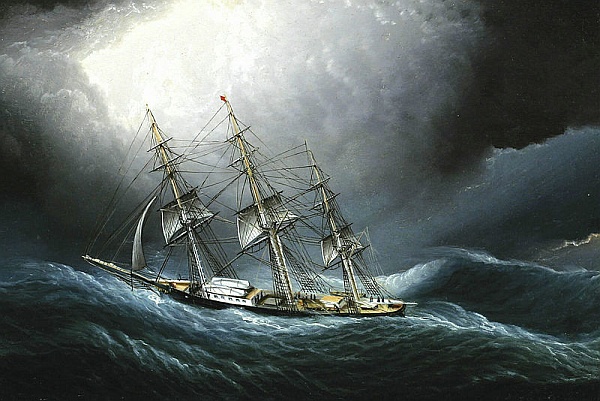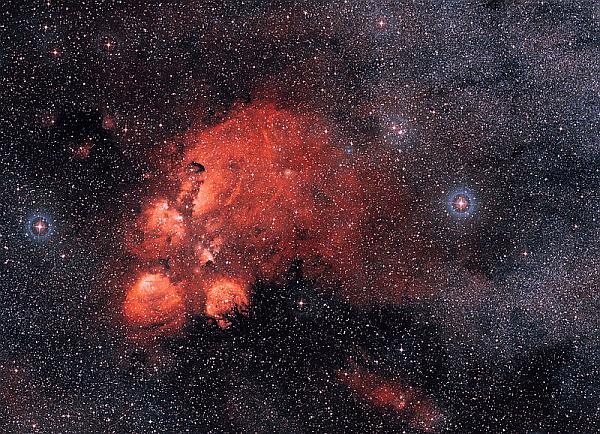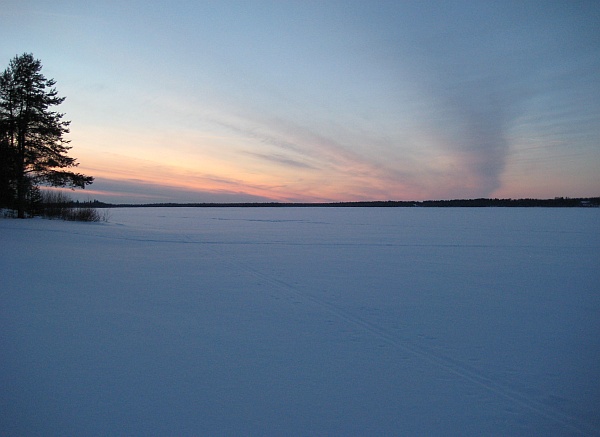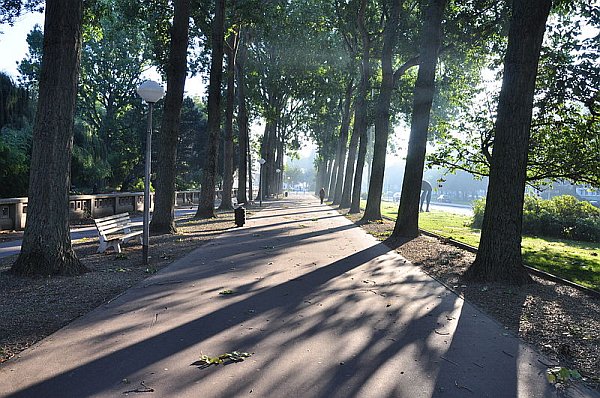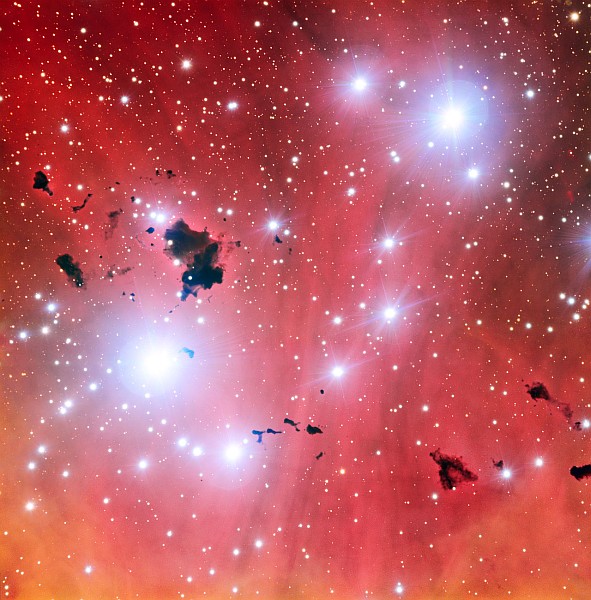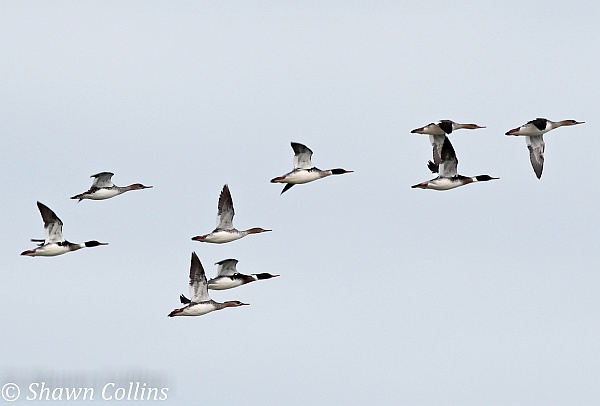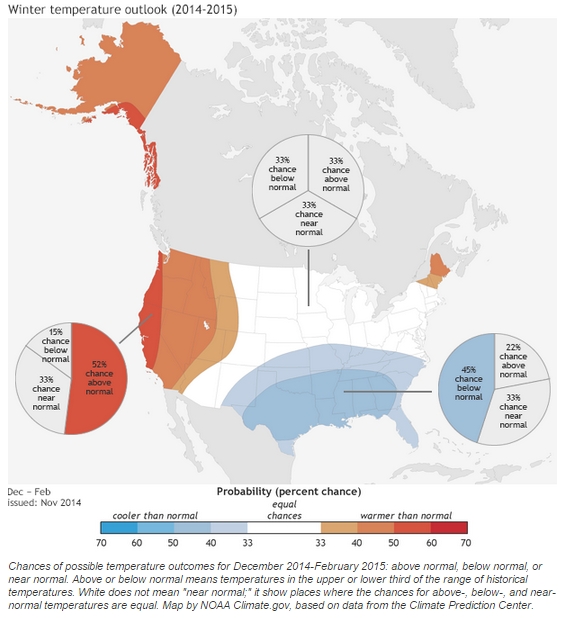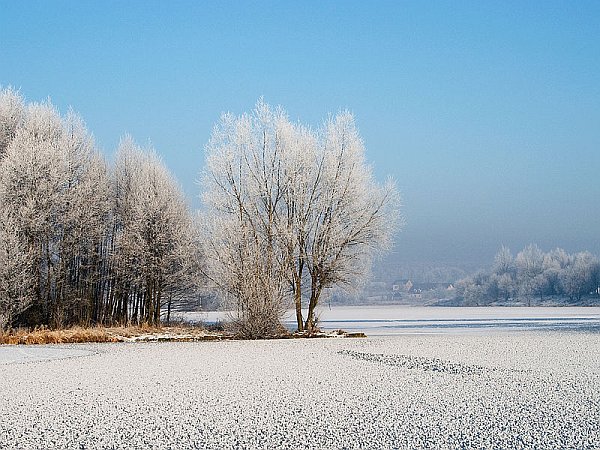6 January 2015
A fast moving cold front crossed western Pennsylvania yesterday. The wind roared and temperatures fell from 61 degrees F Sunday morning to 19 degrees yesterday afternoon. The weather news called it a clipper.
Technically it’s an “Alberta clipper,” described by Wikipedia as a fast moving low pressure area that typically affects the central provinces of Canada and parts of the Upper Midwest and Great Lakes.
Clippers start as warm moist wind from the Pacific that crosses the Rockies into Alberta. When the wind hits cold air on the Canadian prairies it becomes a storm that rides the jet stream on a fast track east. By the time clippers get to Pennsylvania, Alberta is rarely mentioned.
Though clippers sweep across the continent, they’re regional so if you live outside their zone — say in California, Colorado, or Florida — the word brings to mind the fast-moving sailing ships of the mid 19th century, famous for sailing through dangerous storms at Cape Horn (above). The weather system is named for the ship.
Yesterday’s clipper left Pennsylvania but now we’re in for real winter — a low of 1 degree F Thursday morning.
Fill your bird feeders! Birds need food to survive this cold.
(Clipper Ship at Cape Horn, painting by James E. Butterworth, public domain via Wikimedia Commons. Click on the image to see the original)
p.s. Here’s what clippers look like on eBay.
